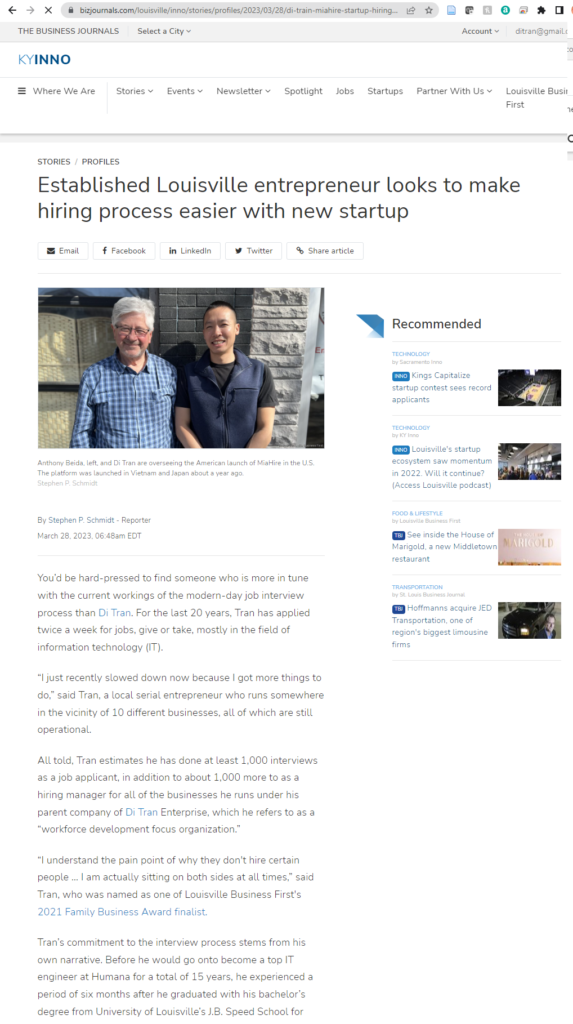Fear is a common human emotion that can manifest in a variety of ways, such as anxiety, dread, or panic. It is an innate response to perceived threats and danger, and it serves as a protective mechanism to keep us safe from harm. Fear can be both rational and irrational, and it can have a profound impact on our thoughts, behaviors, and overall well-being.
Fear can stem from a variety of sources, such as past experiences, learned behaviors, and cultural conditioning. It can also arise from uncertainty about the future or the unknown, as well as from external factors such as social pressure or the fear of failure. While fear can be a helpful tool for survival, it can also become overwhelming and limit our potential for growth and success.
For Di Tran, the author of “Drop the FEAR and Focus on the FAITH,” fear is a common and powerful emotion that can prevent him from achieving his goals and living his best life. However, according to Tran, removing fear entirely is not the solution. Instead, the key to overcoming fear is to learn to subside it and take action in spite of it.
Tran has tried various methods of dealing with fear, such as affirmations, prayer, and meditation, but has found that the most effective approach is simply to “do it.” By consistently taking action and facing his fears, Tran has been able to reinforce his own courage and overcome the limitations that fear imposes.
For Tran, the definition of courage is not the absence of fear, but rather the ability to “do it” in the face of fear. By consistently pushing himself to take action, he has developed a habit of moving forward regardless of the fear he may be experiencing. This has allowed him to reframe his relationship with fear and see it as an opportunity for growth and self-improvement.

While fear can be a powerful force in our lives, it is important to remember that it does not have to control us. By acknowledging our fears and taking action in spite of them, we can develop the courage and resilience needed to achieve our goals and live our best lives. As Tran notes, “Do it” is a powerful mantra that can help us overcome our fears and achieve success on our own terms.





























